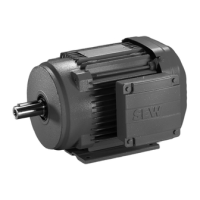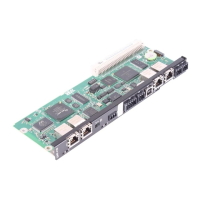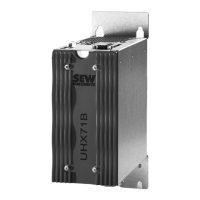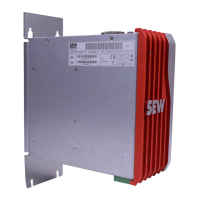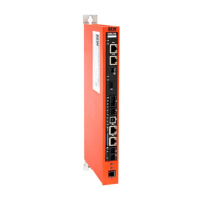ECShell engineering software
Manual – ECC-DFC field bus controller
Figure 36 Two ECC-DFC T-bone example
In order to configure a T-bone arrangement in such a way that it works properly,
the “T-zone Accept Time” in the main window must be set to a non-zero value.
This time value is the delay of the rollers in the accepting zone so that the up-
stream sending zone can transport the load onto stationary rollers in the accept-
ing zone. When this timer has elapsed, the rollers of the accepting zone start up
again on the basis of normal downstream conditions. A value of 200 milliseconds
is typical for the nominal speeds of motor roller systems.
Enter a value, e.g., 0.200 for 200 milliseconds, and click “Set”. It depends on the
accepting zone as to whether you modify the value of the upstream or down-
stream zone in the main window. The “T-zone Accept time” always relates to the
accepting zone.
Ignoring jam settings
Each zone can be configured so that it ignores the automatic reset delay, either
for one or both determined jam statuses.
These jam statuses are described in the chapter “Jam statuses”. Choosing one of
these options will not suppress the determination of the jam status; it will only
suppress the preset time delay until the logic remedies the status automatically.
Assuming the jam timer is set to 5 seconds. If the sensor for a certain zone re-
mains blocked after the zone has run for 5 seconds, it is stopped and a sensor
jam status is indicated. In the default configuration, the sensor must be clear for 5
seconds (same value as the Jam Timer setting) before the zone automatically
switches to automatic mode.
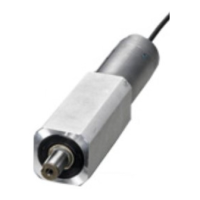
